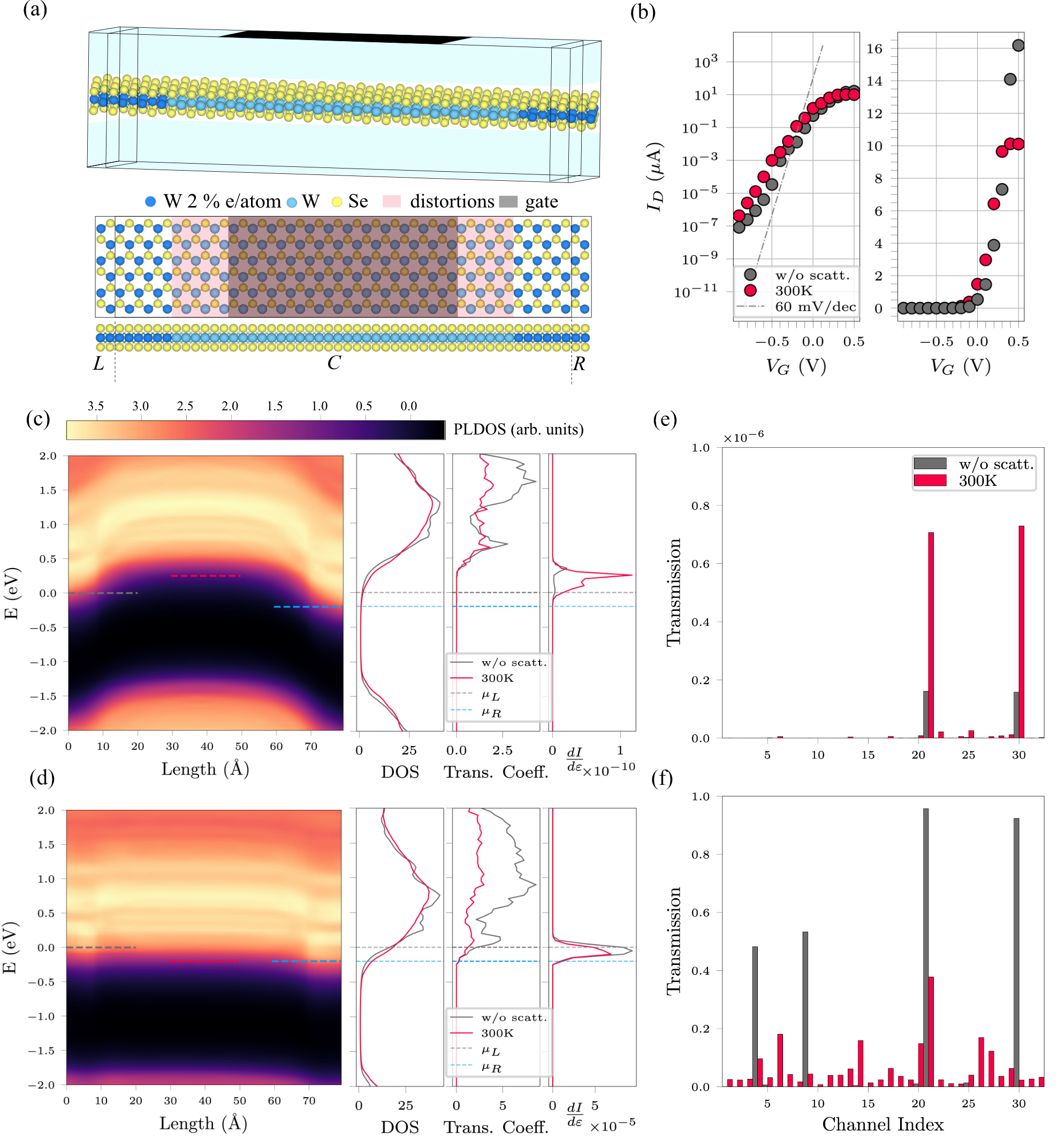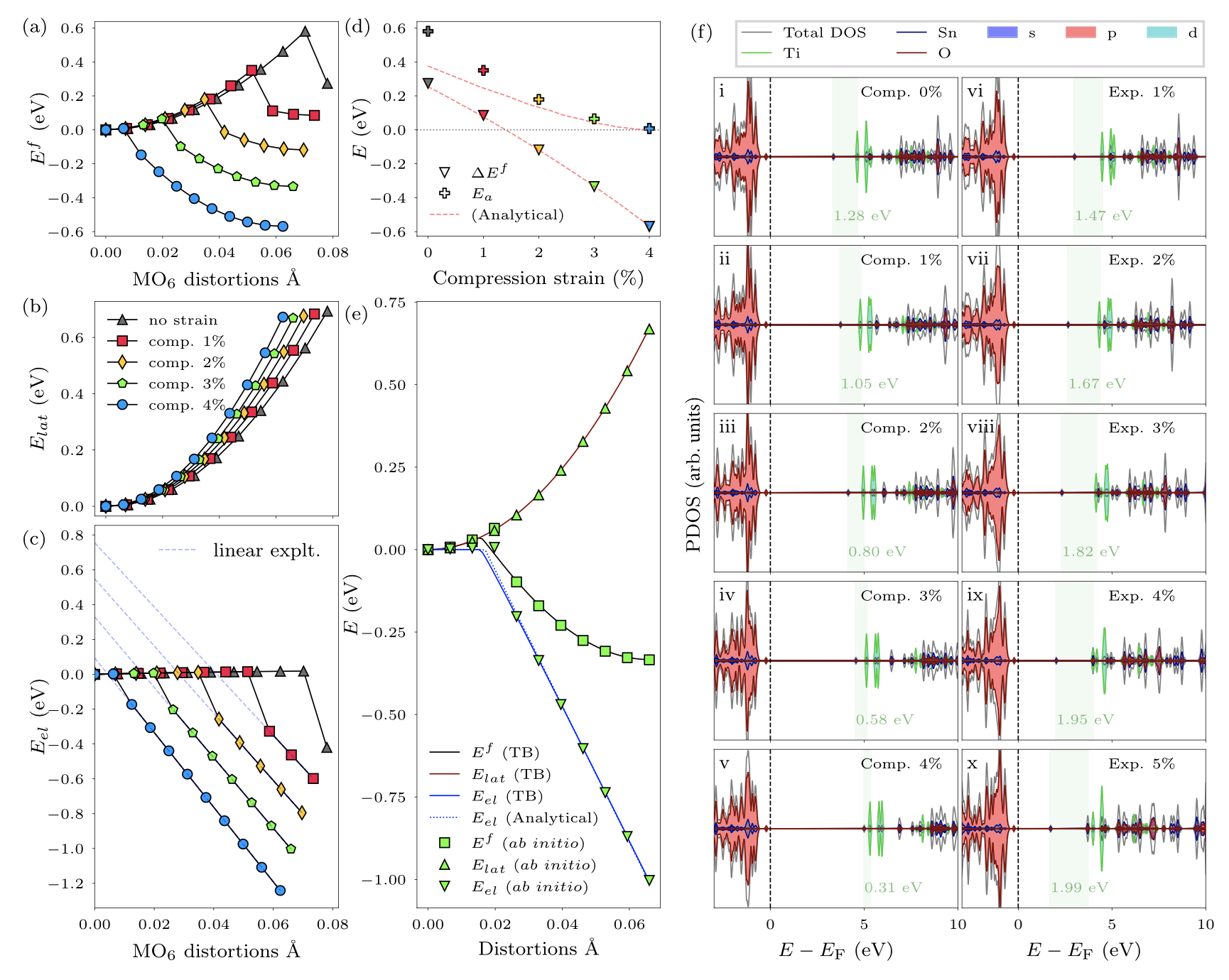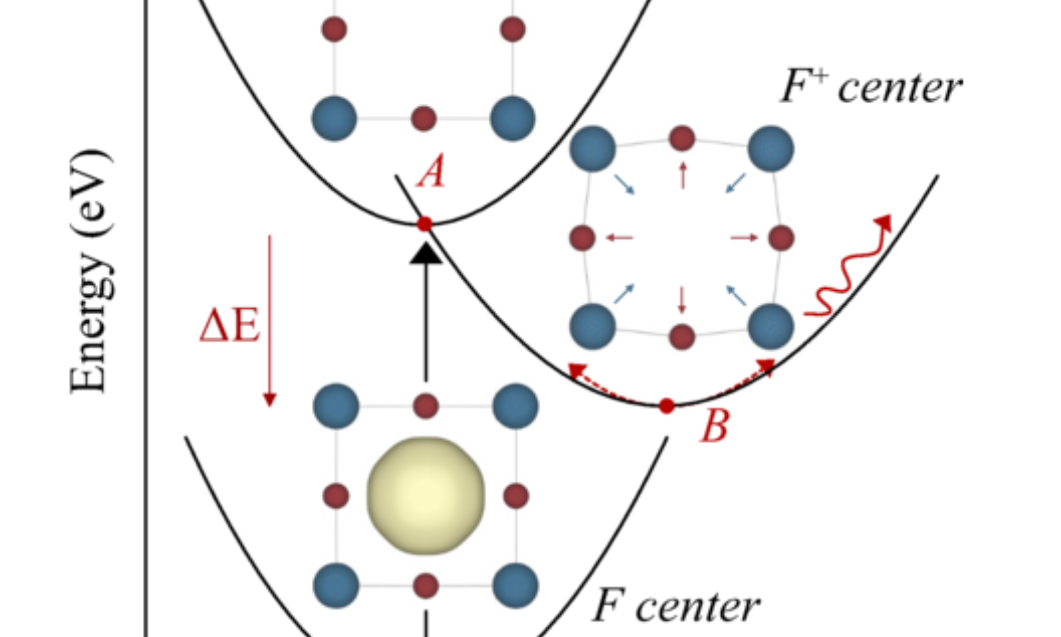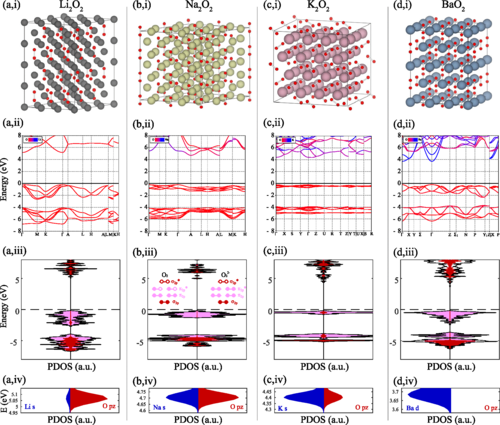Electron-phonon scattering in two-dimensional Dirac-source transistors
Electron-phonon (e-ph) scattering is a key effect in quantum transport and electronic device physics which is, however, often neglected in atomistic device simulation due to its impractical computational burden. Here we investigate e-ph effects in two-dimensional (2D) FETs, where the injecting source is graphene that inject “Dirac” electrons into the FET channel. Such a Dirac-source FET was experimentally known to have excellent transfer characteristics for its lower OFF-state current due to the electronic structure of the graphene. By using an approximate but computationally efficient technique (the Zacharias-Giustino method) to capture e-ph scattering, we quantitatively analyze to what extent e-ph scattering affects the operation of Dirac source, as a function of temperature. Our nonequilibrium Green’s function density-functional-theory analysis microscopically reveal the e-ph scattering and we make a comprehensive evaluation of it across real, momentum, and energy spaces, covering both the tunneling and thermionic emission regions. The findings suggest that e-ph scattering does not significantly impact the overall performance of the Dirac-source FETs. For the graphene-WSe2 device, the e-ph effects amount to somewhat increase the OFF-state current, which is not significant as to alter the subthreshold property of the transistor. Other factors, such as gate efficiency—determined by the body factor—exhibit a more pronounced influence on device performance for this system.




